As per Peru’s 2008 renewable energy legislation, renewable energy auctions must be considered every two years to comply with the country’s 5% renewable energy target, which led to the auctions held in 2009, 2011, 2013 and 2015. The 2015 auction achieved worldwide record low prices for solar PV and wind at the time. However, the auction to be held in 2017 was cancelled due in part to generation oversupply.
To address these challenges and to improve competitiveness of renewables in Peru’s energy market, the Ministry of Energy and Mines (MINEM) has announced that it is reviewing the country’s renewable energy regulatory framework. Among the measures under consideration are regulatory acknowledgement of firm power in renewable sources (to avoid mandatory backup generation), hourly blocks in auction designs, as well as possible tax benefits. A clear and stable renewable energy policy framework would advance Peru’s energy security and environment goals since, according to new estimates, generation oversupply is expected to end in 2021.
In terms of deployment, Peru’s largest to date utility-scale solar projects, which were contracted in prior auctions, have begun operations in 2018: Enel’s 145 MW Rubi Project and Engie’s 40 MW Intipampa Project. Enel has also begun operations of a 132 MW wind farm, Wayra I.
In addition, by the end of 2019, Peru also reportedly plans to install some 140,000 solar panels in various areas of the country that require electricity in accordance with the government's goal of raising rural electrification coverage to 99%.

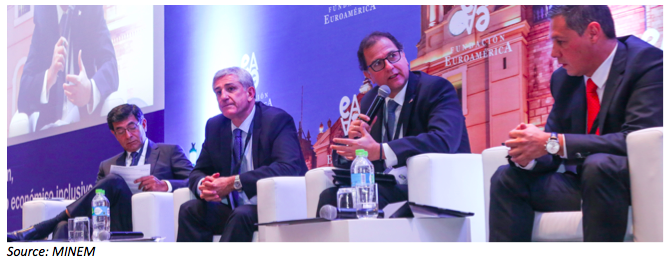
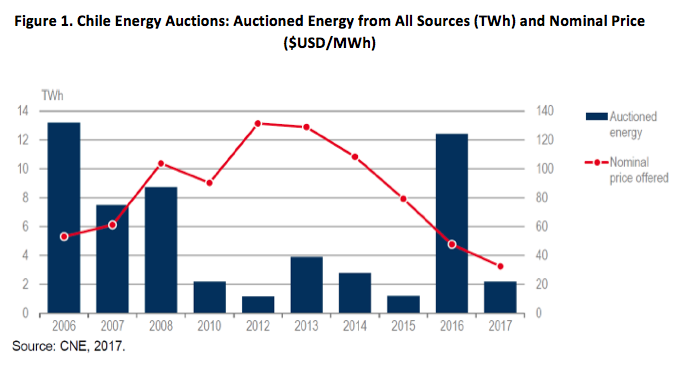
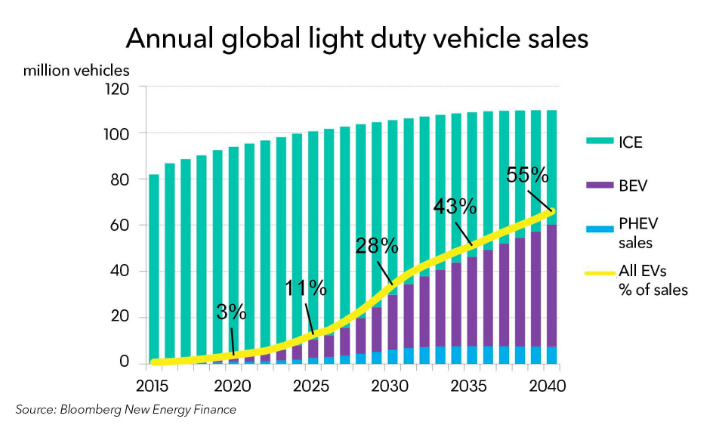
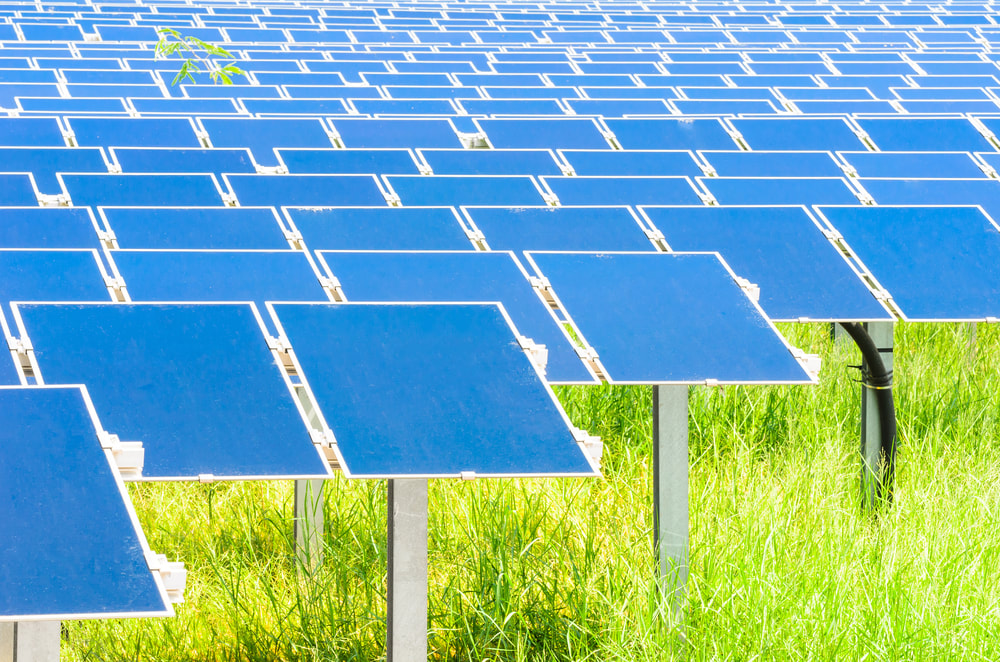
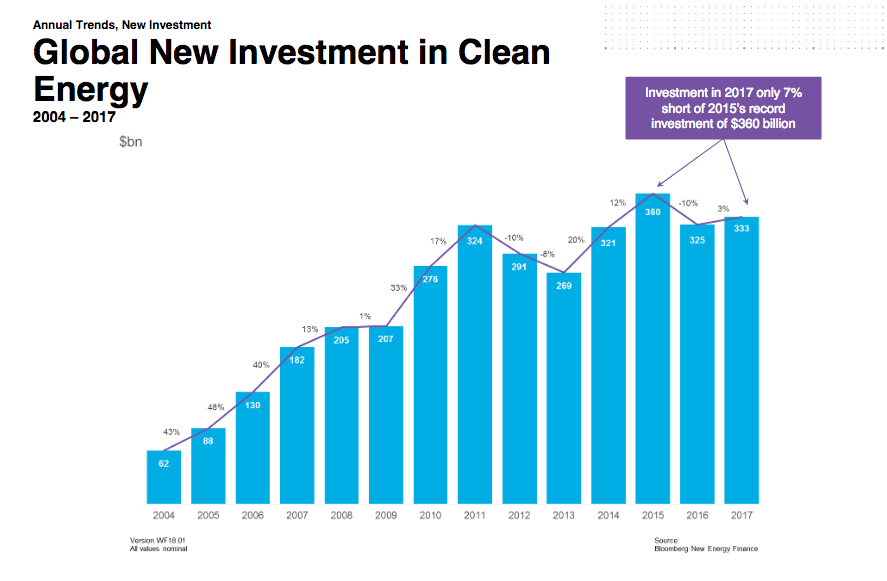
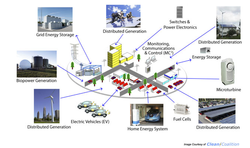

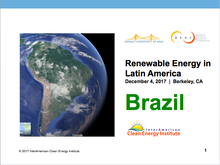


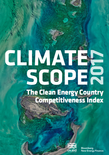
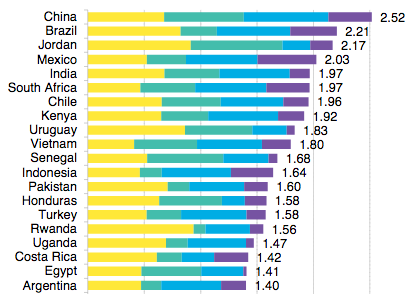
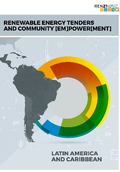
 RSS Feed
RSS Feed